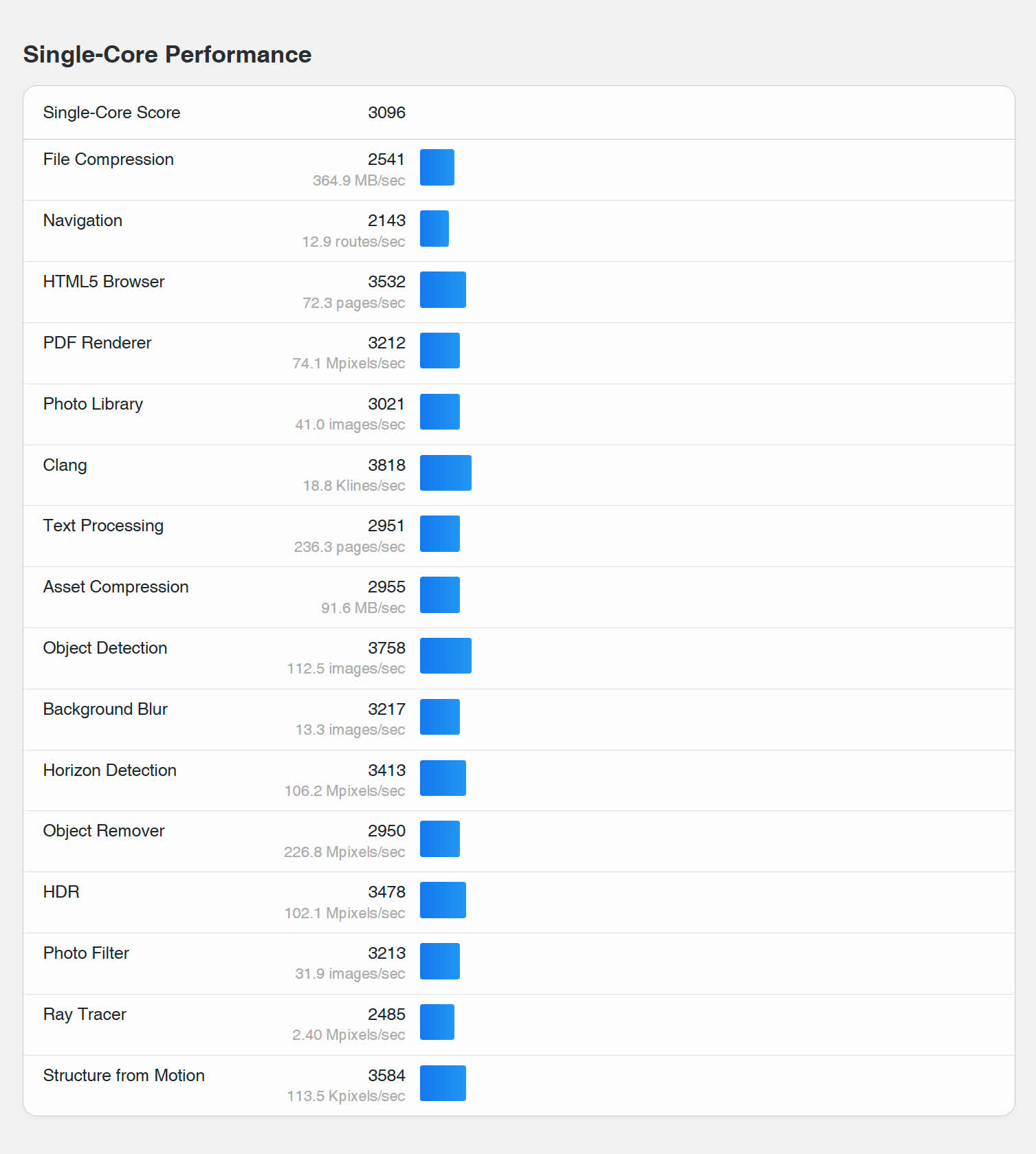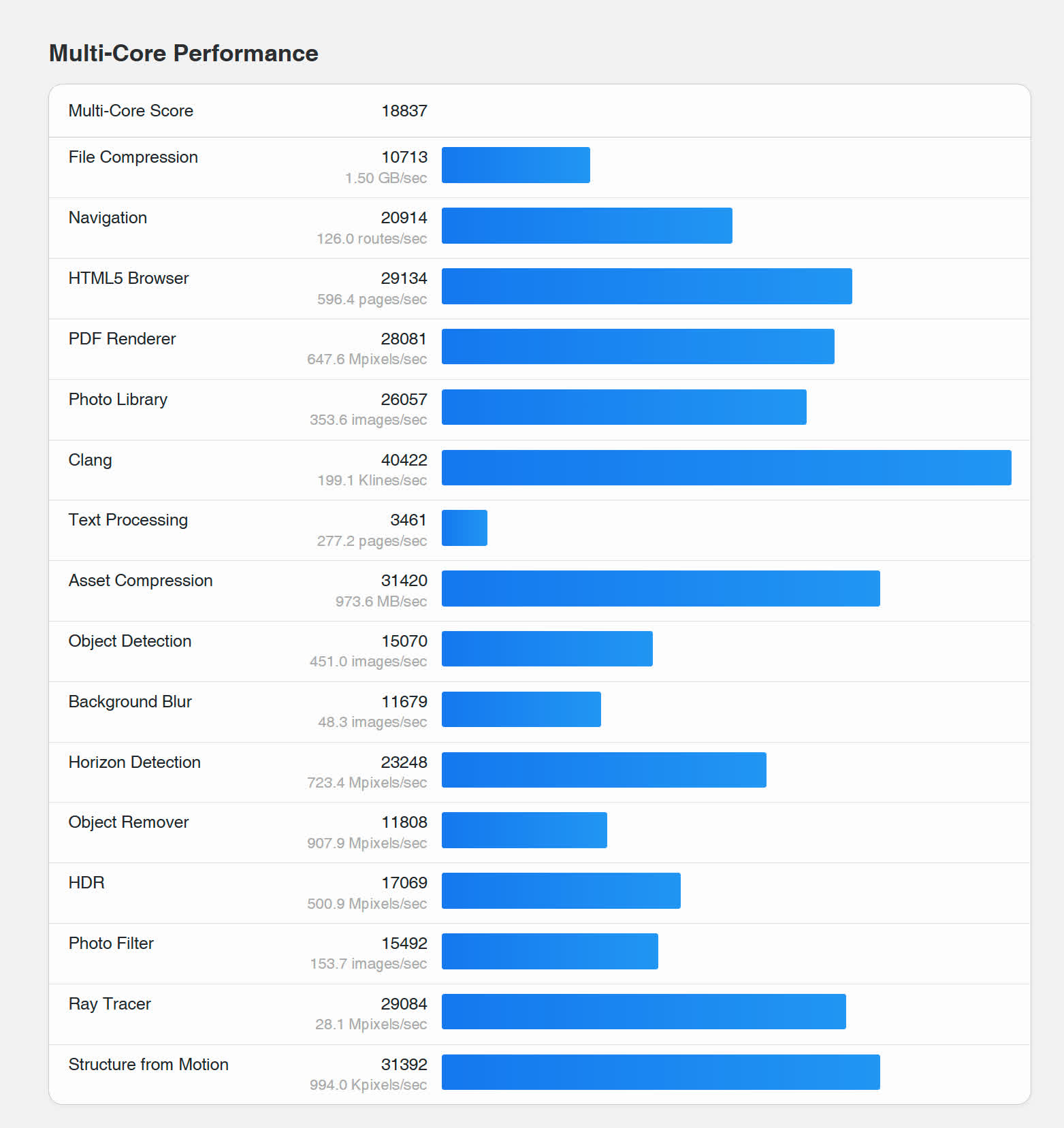Something to look forward to: A mysterious "Nvidia N1x" Arm processor recently appeared on Geekbench with a single-core score of 3,096 and an 18,837 multi-core score. The result provides some of the earliest concrete evidence of Nvidia's long-rumored upcoming SoC.

Word is that Nvidia has been developing an Arm-based processor for the past few years. Despite a teaser released last year in collaboration with Dell and the January unveiling of Nvidia's Arm workstation, a consumer-level product has yet to appear. However, a recent Geekbench score suggests that whatever Nvidia is working on might rival some of the best mobile processors currently available.
Reports that Nvidia is developing an Arm processor to rival Apple's M series and Qualcomm's Snapdragon X first emerged in 2023. Last year, Nvidia and Dell advised curious observers to stay tuned for updates, and Nvidia unveiled a $3,000 Arm-based mini workstation at this year's CES in January.
Last month, additional reports indicated that Nvidia and MediaTek are co-developing a pair of SoCs, codenamed N1 and N1X. More recently, United Daily News reported that Nvidia and Dell-owned Alienware are collaborating on an Arm-based laptop APU with GPU performance resembling that of a mobile RTX 4070.
This project is likely a downscaled version of Project Digits, the high-performance mini PC Nvidia introduced in January. That machine features MediaTek's 20-core GB10 CPU, 128 GB of RAM, a 4 TB SSD, and a 1-petaflop Nvidia Blackwell graphics chip.
In contrast, the "N1x" that appeared on Geekbench reported one core with 20 threads, though it may actually have 20 cores, depending on how the Geekbench software interprets the in-development hardware. Other reported specs include an HP 8EA3 motherboard, a 2.81 GHz base clock frequency, and 119 GB of RAM – likely rounded down from 128 GB. While this test was run on Ubuntu 24.04.1, the final product will likely ship with Windows on Arm to compete directly with Qualcomm.
Although comparing results from different operating systems and instruction sets is never straightforward, Nvidia's chip seems capable of trading blows with recent high-end mobile SoCs. The N1x clearly trounces Qualcomm's Snapdragon X Elite and broadly resembles Intel's Core Ultra 200HX family, Apple M3, and AMD Ryzen AI Max.
Arm, for its part, has promised that other vendors will soon begin manufacturing chips based on its architecture, which is more efficient than x86. While most software has traditionally been designed for x86, Arm developer support is improving rapidly.
The company recently stated that Windows on Arm users now spend 90 percent of their time in native apps – suggesting that the most critical applications have already been ported and no longer rely on emulation.
Nvidia Arm chip surfaces with strong Geekbench scores, could rival top Intel and AMD laptop CPUs


